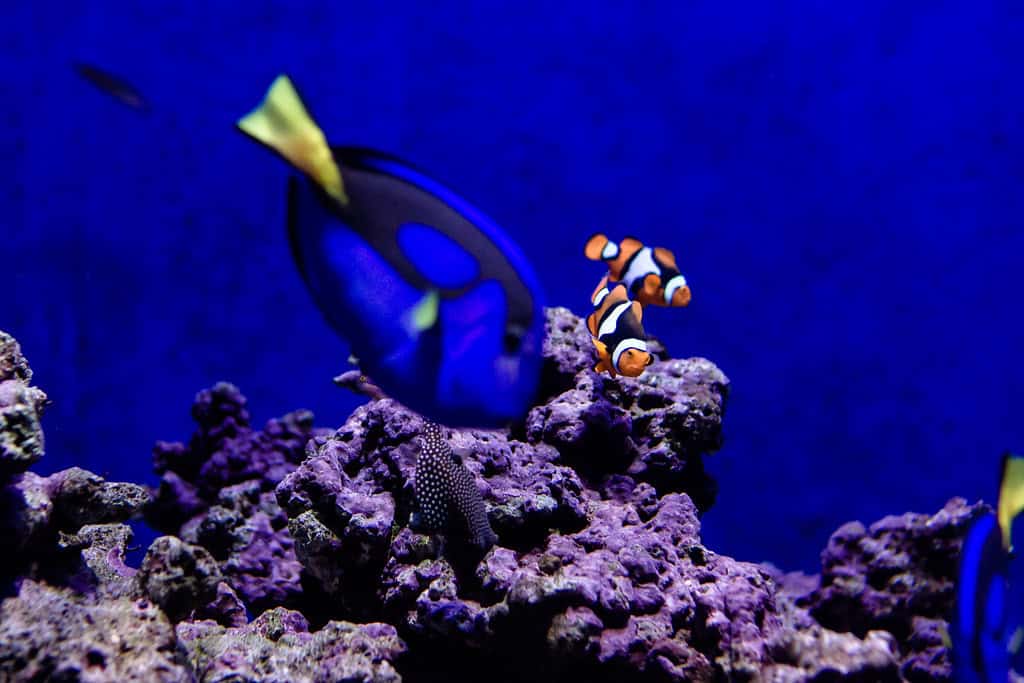Pixar Animation Studios has captivated audiences worldwide with its ability to create compelling animal characters that often display remarkably accurate wildlife behaviors. While artistic license certainly plays a role in these animated features, many Pixar animals exhibit instincts and behaviors that closely mirror their real-world counterparts. This blend of entertainment and biological accuracy not only enhances storytelling but also serves as a subtle educational tool, introducing viewers to authentic animal behaviors. From the oceanic adventures in “Finding Nemo” to the culinary rats of “Ratatouille,” Pixar’s animators and researchers have frequently gone to extraordinary lengths to understand and incorporate genuine wildlife instincts into their beloved characters.
The Remarkable Accuracy of Dory’s Fish Behavior

Dory, the Pacific blue tang from “Finding Nemo” and “Finding Dory,” displays several behaviors that accurately reflect her species in the wild. Blue tangs are naturally social fish that typically swim in groups, which aligns with Dory’s friendly and outgoing personality. Her forgetfulness, while exaggerated for narrative purposes, has some basis in reality as fish generally have shorter memory spans compared to mammals, though not nearly as extreme as portrayed in the films.
What’s particularly accurate is Dory’s movement patterns. Pixar’s animation team studied the distinctive swimming style of blue tangs, capturing their characteristic undulating fin movements and quick directional changes. Additionally, her habitat preferences around coral reefs and her diet as an omnivore that feeds on algae and small invertebrates reflect scientific accuracy. Even her vibrant blue coloration serves an authentic purpose in nature: warning potential predators about her mildly venomous spines—a detail the films understandably omit for their family audience.
Marlin and Nemo: Clownfish Biology in Animation
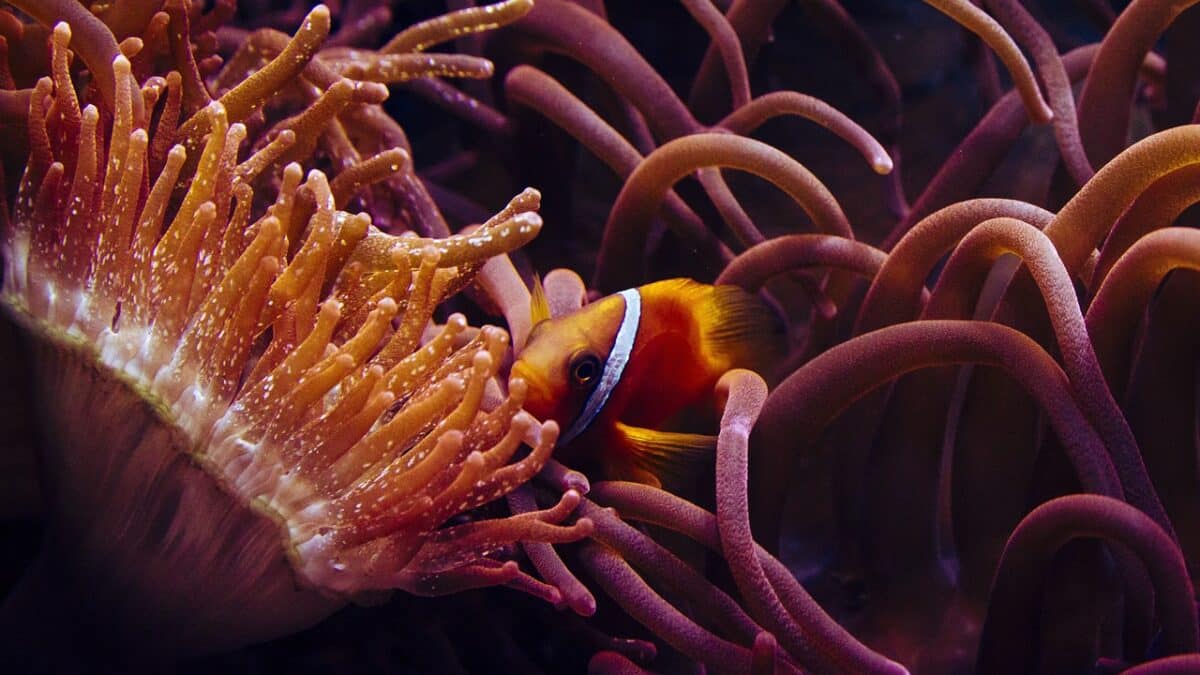
The father-son relationship between Marlin and Nemo in “Finding Nemo” takes certain liberties with clownfish biology, yet several accurate elements remain. In nature, clownfish live symbiotically with sea anemones, using the anemone for protection while providing nutrients and defense for their host—a relationship beautifully depicted in the film. The animators captured the distinctive swimming pattern of clownfish, including their characteristic bobbing motion as they navigate through anemone tentacles.
However, the film’s biggest biological inaccuracy concerns clownfish reproduction and family dynamics. In reality, clownfish are sequential hermaphrodites—they can change sex depending on social hierarchy. A dominant female and male form a breeding pair, with the female being larger. If the female dies, the male would transform into a female, and the largest non-breeding male would become the new breeding male. This fascinating biological fact would have dramatically altered the storyline, as Marlin, after losing his mate, would naturally have become female and potentially found a new male partner rather than remaining a single father.
Remy the Rat: Culinary Genius with Authentic Rodent Traits

Despite the obvious anthropomorphization in “Ratatouille,” Remy the rat exhibits several authentic rodent behaviors. His heightened sense of smell is scientifically accurate—rats possess approximately 1,000 olfactory genes compared to humans’ roughly 400, giving them an exceptional ability to detect and distinguish odors. This superior olfactory capability helps them find food and avoid dangers in the wild, much as it helps Remy identify subtle ingredients and create culinary masterpieces in the film.
Remy’s constant whisker movement and twitching nose also reflect genuine rat behavior. Rats use their whiskers (vibrissae) as sensory organs to navigate their environment, especially in darkness. The film accurately portrays rats’ natural intelligence and problem-solving abilities—traits that make real rats highly adaptable and successful in various environments. Additionally, Remy’s upright stance, while primarily used in the film to facilitate his cooking, is something rats occasionally do in nature when they’re alert or investigating their surroundings, though they primarily move on all fours for efficient locomotion.
The Social Structures of “A Bug’s Life”
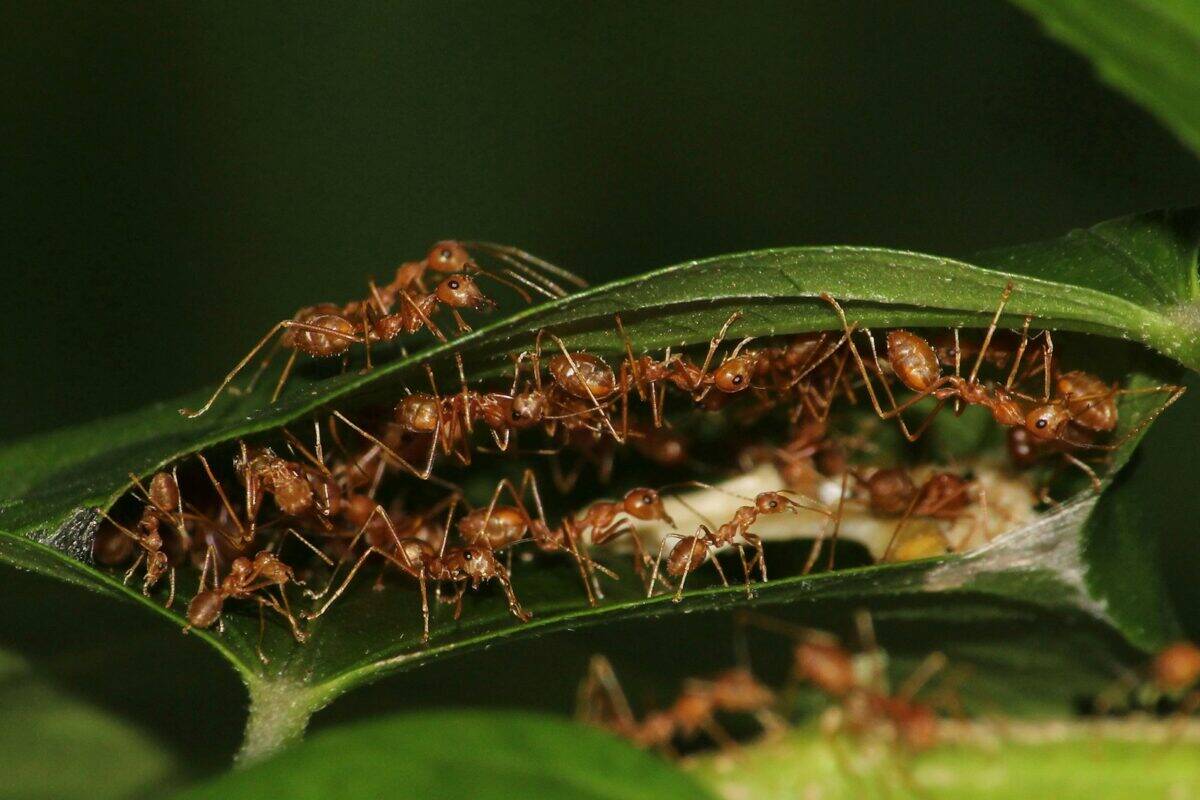
In “A Bug’s Life,” Pixar creates a world dominated by ants and their complex social hierarchy that contains surprising biological accuracy. The film correctly portrays ant colonies as predominantly female societies led by a queen, with female workers performing various tasks essential to colony survival. The division of labor among the worker ants in the film—from food gathering to nursery care—mirrors the specialized roles found in actual ant colonies. Princess Atta’s character represents the next generation of leadership, reflecting how real ant colonies produce new queens to establish future colonies.
However, the film takes creative liberties with certain aspects of ant biology. For instance, Flik, the male protagonist, wouldn’t typically be involved in food gathering or colony innovation in nature, as male ants (drones) primarily exist for mating purposes and have short lifespans. The portrayal of individual personalities among the ants also diverges from reality, as real ants operate more as a collective superorganism guided by chemical signals rather than individual decision-making. Nevertheless, the basic representation of ants as highly organized, cooperative insects with sophisticated social structures remains faithful to biological reality.
Crush and Squirt: Capturing Sea Turtle Behavior

The sea turtles Crush and Squirt from “Finding Nemo” display several behaviors that align with their real-world counterparts. Crush’s laid-back, surfer-dude personality might seem like a purely anthropomorphic invention, but it actually reflects the generally calm, steady nature of sea turtles as they navigate ocean currents. The East Australian Current (EAC) depicted in the film is a real oceanic highway that sea turtles and other marine creatures use for migration, saving energy by riding these natural conveyor belts across vast distances.
The relationship between Crush and his son Squirt also contains elements of truth. While sea turtles aren’t known for their parental care—females typically lay eggs and return to the ocean—the film captures accurate aspects of turtle life cycles. Young sea turtles like Squirt must indeed learn to navigate the challenges of ocean life independently from an early age. The animators also faithfully reproduced the distinctive swimming motion of sea turtles, who “fly” through water with wing-like flippers in a manner visually similar to birds in flight, a graceful movement that Pixar captures beautifully in the swimming sequences.
Bruce the Shark: Between Stereotype and Science

Bruce the great white shark from “Finding Nemo” presents an interesting case where Pixar both embraces and subverts shark stereotypes while incorporating accurate biological details. Bruce’s physical design accurately captures the distinctive features of a great white shark, including the torpedo-shaped body, prominent dorsal fin, and powerful tail. His keen sense of smell—dramatically triggered by a drop of blood—is scientifically accurate, as sharks possess extraordinarily sensitive olfactory receptors that can detect minute concentrations of substances in water.
The film cleverly plays with the predatory nature of sharks through Bruce’s struggle to maintain his “Fish are friends, not food” mantra. While anthropomorphizing his moral struggle, this storyline acknowledges the reality that great whites are apex predators whose diet naturally includes fish. Bruce’s multiple rows of serrated teeth are anatomically correct, as is the portrayal of his ampullae of Lorenzini—the specialized electroreceptors that appear as small pores on a shark’s snout, allowing them to detect the electrical fields generated by all living creatures. These subtle biological details demonstrate Pixar’s commitment to incorporating scientific accuracy even when creating characters with human-like personalities.
The Avian Accuracy in “Up”
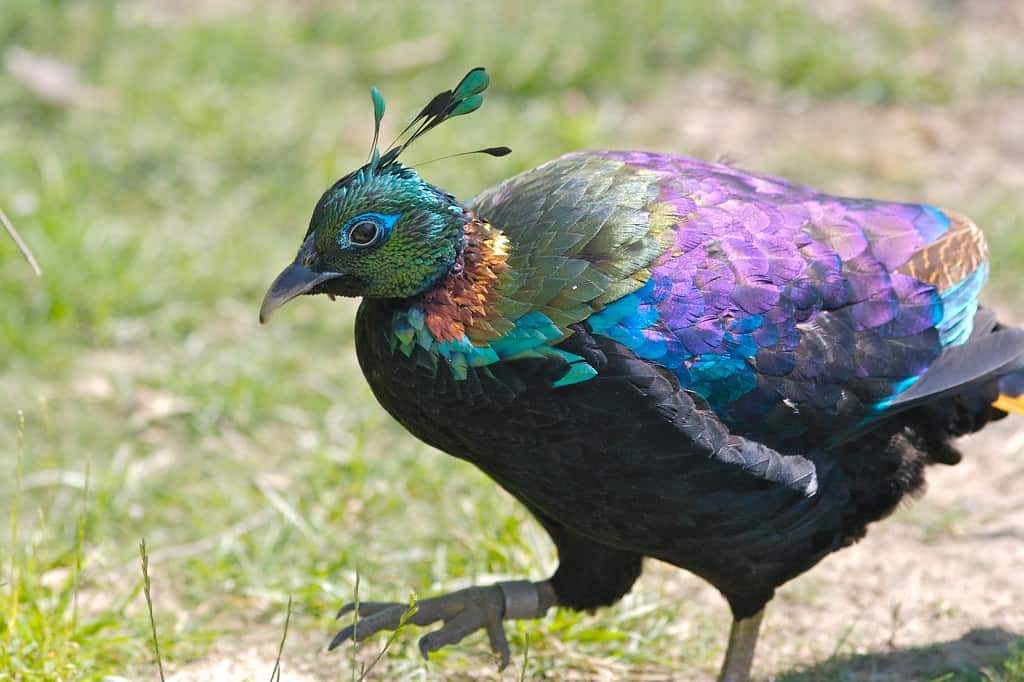
Kevin, the exotic bird from “Up,” while fictional in species, incorporates numerous accurate avian behaviors and physical characteristics. The animators based Kevin’s design on several real tropical birds, including the monal pheasant, the resplendent quetzal, and the secretary bird. Her long legs and running capabilities reflect adaptations found in ground-dwelling birds like roadrunners and secretary birds. Kevin’s vibrant plumage serves a biologically accurate purpose—in many bird species, bright coloration helps with mate attraction and territory defense.
The maternal behaviors Kevin displays toward her chicks align with many bird species’ natural instincts. Her protective nature, food-gathering for offspring, and the distinctive calls used to communicate with her young are all based on genuine avian parenting behaviors. Even Kevin’s method of storing food to bring back to her nest reflects how many bird species temporarily store food in their crops—an expandable muscular pouch near the throat—to transport it back to their young. While Kevin is ultimately a fantasy creature, these incorporated authentic behavioral elements help ground the character in biological reality, making her seem like a plausible, if extraordinary, animal that could exist in the remote South American wilderness depicted in the film.
The Canine Pack Psychology in “Up”
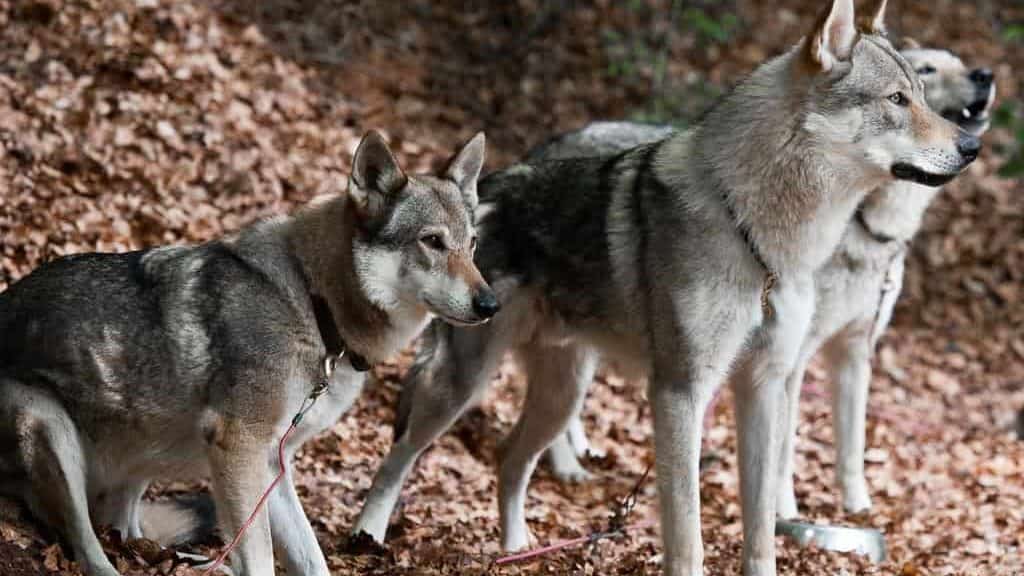
The dogs in “Up” exhibit remarkably accurate pack dynamics despite their technologically enhanced ability to speak. Alpha, Beta, and Gamma—named for positions in wolf hierarchy—reflect the structured social organization found in canid species. Alpha’s leadership role and the deference shown by subordinate dogs mirrors real pack behavior. When Dug, the golden retriever, displays submissive postures like lowering his head and avoiding direct eye contact with dominant dogs, these are precisely the behaviors domestic dogs inherited from their wolf ancestors to communicate status and avoid conflict.
Beyond pack structure, the film captures numerous authentic dog behaviors. Dug’s excitement upon meeting new people, his easily distracted nature (“Squirrel!”), and his loyalty once bonded to Carl and Russell reflect genuine domestic dog traits. The dogs’ keen sense of smell and tracking abilities are biologically accurate—dogs have up to 300 million olfactory receptors compared to humans’ roughly 6 million. Even the way Dug physically expresses emotions—tail wagging for happiness, ears back for submission or fear—demonstrates Pixar’s attention to canine body language. While talking collars venture into science fiction, the underlying dog behaviors these enhanced animals display remain remarkably true to nature.
Wall-E’s Cockroach: Survival Instincts Accurately Portrayed

Hal, the cockroach companion in “WALL-E,” may seem like a simple sidekick, but the film accurately captures key aspects of cockroach biology that explain their legendary survival abilities. Cockroaches are indeed among Earth’s most resilient creatures, capable of surviving in highly contaminated environments—making them a plausible companion in WALL-E’s post-apocalyptic setting. Their flattened bodies allow them to squeeze into tiny crevices, a feature the animation team correctly rendered in Hal’s design and movements.
The film also accurately portrays cockroaches’ remarkable speed and evasive capabilities. Hal’s quick darting movements reflect how real cockroaches can run up to three miles per hour and change direction rapidly—adaptations that have helped them evade predators for over 300 million years. Even Hal’s ability to survive being compressed (when WALL-E accidentally rolls over him) has some basis in reality—cockroaches have incredibly strong exoskeletons relative to their size and can withstand forces many times their body weight. While Hal’s personality and relationship with WALL-E are anthropomorphized, the underlying survivability traits that make this character believable are firmly grounded in cockroach biology.
The Predator-Prey Dynamics in “The Good Dinosaur”
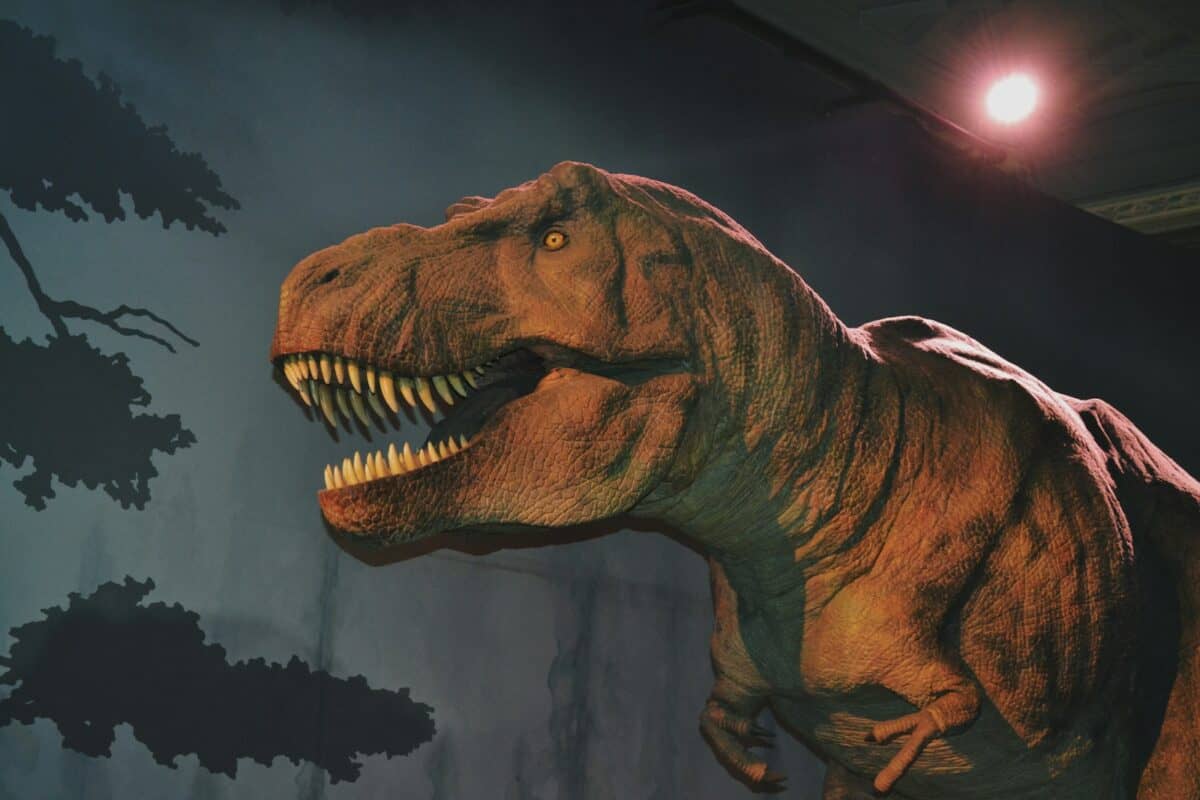
In “The Good Dinosaur,” Pixar explores an alternate evolutionary timeline but maintains surprisingly accurate predator-prey dynamics. The relationship between the Tyrannosaurus rex family (ranchers in the film) and the velociraptors (rustlers) draws on actual paleontological understanding of these dinosaurs’ natural relationships. Though transformed into a Western narrative, the film preserves the predatory nature of velociraptors as small, pack-hunting carnivores that used speed and coordinated attacks to take down larger prey—tactics reflected in their behavior as they attempt to steal the T. rex family’s livestock.
The pterodactyls in the film also demonstrate scientifically accurate predatory behaviors, albeit in an anthropomorphized context. Their sudden appearances during storms to capture vulnerable prey align with how many aerial predators opportunistically hunt during conditions that disadvantage their targets. The film’s depiction of these flying reptiles as scavengers with occasional predatory behavior matches current paleontological theories about pterosaur feeding strategies. Even Arlo’s herbivorous nature as an Apatosaurus is accurately portrayed through his diet and physical characteristics, despite the fantastical premise of dinosaurs evolving into sentient, farming species. This blend of scientific understanding with creative storytelling demonstrates how Pixar grounds even its most speculative narratives in biological reality.
The Hyper-Realistic Marine Biology of “Finding Dory”

In “Finding Dory,” Pixar elevated their commitment to marine biological accuracy even beyond its predecessor. The film’s portrayal of the California Marine Life Institute (based on real facilities like the Monterey Bay Aquarium) showcases diverse marine ecosystems with remarkable scientific precision. Hank the septopus (missing one tentacle) demonstrates authentic octopus behaviors including camouflage, ink discharge as a defense mechanism, and the extraordinary ability to squeeze through incredibly small spaces—all capabilities documented in real octopuses. The animation team spent months studying octopus locomotion to accurately render Hank’s fluid movements and problem-solving intelligence.
The film also accurately portrays the unique abilities of other marine species. Bailey the beluga whale’s echolocation (his “bio-sonar”) is a genuine capability these whales use to navigate and hunt in murky Arctic waters. Destiny the whale shark is correctly depicted as a filter feeder rather than a predatory shark, complete with her distinctive spotted pattern. Even minor characters display species-appropriate behaviors—the sea lions’ territorial defense of their rock, the loons’ distinctive calls, and the otters’ social grouping behavior all reflect real wildlife behaviors. This attention to biological detail enriches the viewing experience while subtly educating audiences about marine life and ecosystems, demonstrating how entertainment can serve as a vehicle for scientific understanding.
Conclusion: Animation as a Window to Wildlife Understanding

Pixar’s remarkable attention to biological accuracy within their animated features represents a unique intersection of entertainment and education. While creative liberties are certainly taken to serve narrative purposes, the studio’s commitment to researching and incorporating authentic animal behaviors provides viewers with surprisingly accurate glimpses into wildlife biology. This careful balance allows their animal characters to be simultaneously relatable and realistic, anthropomorphized yet authentic in their core behaviors. The success of these characters demonstrates how scientific accuracy can enhance rather than constrain storytelling.
For many young viewers, these animated animals may constitute their first meaningful exposure to wildlife behaviors and ecological concepts. The subtle educational value embedded within entertaining stories helps foster appreciation and understanding of the natural world. By grounding fantastical stories in biological reality, Pixar creates characters that resonate because they reflect something true about the animals they represent. This approach not only elevates the quality of their storytelling but also honors the remarkable diversity and fascinating adaptations found throughout the animal kingdom.
As animation technology continues to advance, the potential for even greater biological accuracy in future productions grows. Pixar’s pioneering work in this area sets a standard for how entertainment can respect scientific understanding while crafting compelling narratives. For audiences of all ages, these animated animals serve as ambassadors for their wild counterparts, potentially inspiring conservation mindsets and deeper curiosity about the natural world that exists beyond the screen.
- This Jellyfish May Be Functionally Immortal—Here’s What We Know - August 10, 2025
- The Real Wildlife Behind the Great American Road Trip - August 10, 2025
- Top Volcano Trails Where You Might Spot Rare Wildlife - August 10, 2025

